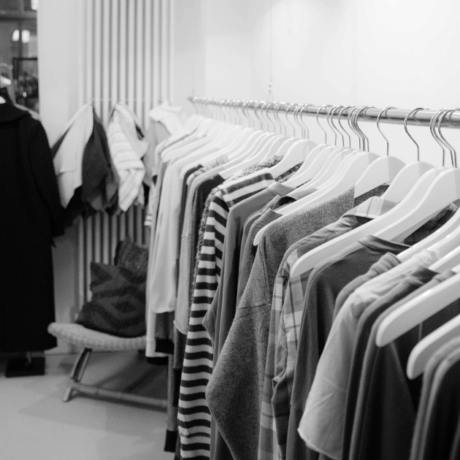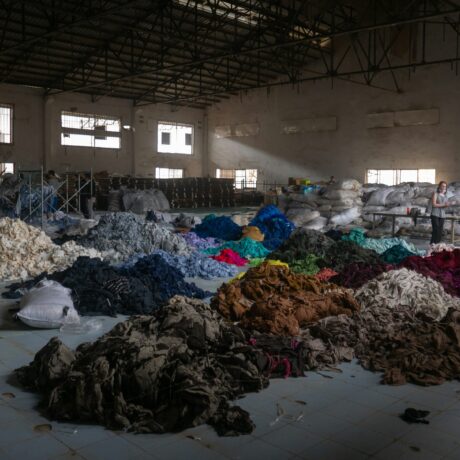Invisible disabilities in the fashion industry
This is a guest blog post by Samanta Bullock and Ana Román from SB Shop.
If you have ever been to London, you may have noticed many signs around the public transport saying “not all disabilities are visible”. And why do people need to be reminded of that? Because it is essential to have in mind that only less than 20% of disabilities are visible while a considerable part of the population believes that “disability” primarily refers to wheelchair users..
Seeing someone in a wheelchair, wearing a hearing aid, or walking with a white cane indicates that they are disabled. But what about the invisible impairments that make life more difficult for countless individuals throughout the world? Chronic illnesses, including renal failure, diabetes, sleep difficulties or mental illnesses, can be considered invisible disabilities if they severely interfere with everyday activities.
If we wish to modify the narrative about disability, we must first promote truths: not all disabilities are visible should be the starting point.
During the COVID-19 pandemic, we have learnt about vulnerability and self-sufficiency. It has brought awareness, and it taught us much more than we ever did about the stressful effects of isolation. After living in a pandemic, we, as a society, had changed, and so did the fashion industry due to force majeure. We stayed home for months, sitting at our desks and working as we desired comfortable yet stylish clothes. The fashion industry needed to adapt its collections for this new world situation. We have this misunderstood concept that something horrible needs to happen to society for things to change, for fashion to change. In reality, and most of the time, the only adaptation fashion needs is a few steps.
This concept not only surrounds physical disabilities (which may need more complex adaptations) but also around the invisible disabilities: mental health conditions, arthritis, brain injury, autism… They all need their adaptations and special needs, which to a greater or lesser extent would be good for society as a whole.
Neurodivergent people (as opposed to neurotypical) covers a range of natural neurological variations, from autism and ADHD to Tourette’s. Here, designers may prioritise the fabric of the clothes and their components over the style or trendiness of the moment. And let’s face it, fast fashion doesn’t usually provide high-quality fabrics, does it? This is where slow fashion comes in, garments designed to last for years, garments with features that please everyone. Clothes and fashion for everyone.
Uncomfortable textures can cause autistic individuals to increase their anxiety levels. Labels, tags and seams may be perceived as uncomfortable, abrasive and irritating. Even after cutting off the labels and tags from their clothes, the remaining material can still be abrasive. Why can’t we simplify certain processes in fashion manufacturing? Tags as long as a book are nonsense.
We also must consider the temporary situation of disability or special non-permanent situations such as breaking a leg, or experiencing grief. They are not permanent but can impair you for a short period. We can all experience social isolation, vulnerability or self-sufficiency at some point in our life, not to mention that all of us – in the natural path of life – get older and acquire some decline in our abilities. Fashion needs to keep evolving so as not to leave anyone out.
View this post on Instagram
Related articles on adaptive fashion
The economic power of disabled people in fashion
Is inclusivity part of the sustainable spectrum?
Further reading on invisible disabilities
- https://www.gov.uk/government/publications/dptac-position-on-non-visible-disabilities/dptac-position-statement-on-non-visible-disabilities
- https://www.disabled-world.com/disability/types/invisible/
- https://www.noteverydisabilityisvisible.org.uk/
- https://link.springer.com/article/10.1007/s10803-021-05140-3
Header image: Modelled by Lilly Mills, Clothes by Peter Twiss, Photo by Daniela Luquini








